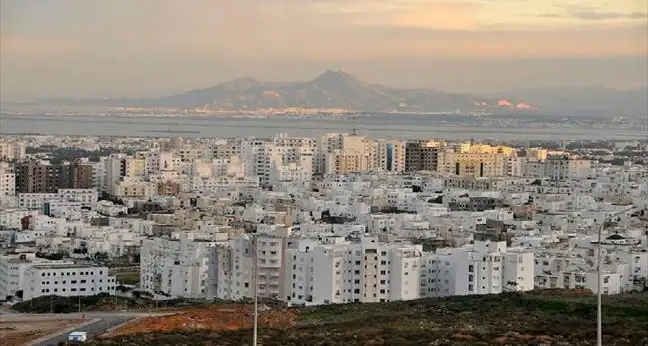The first results of the general population and housing census of 2024, unveiled last Saturday by the National Institute of Statistics (INS), traced an updated, but contrasting portrait of Tunisia: a slightly growing population, increasingly elderly, concentrated on the coast and marked by deep regional inequalities.
Invited this Monday, May 19 on midday show, Abdelkader Talhaoui, an engineer at INS, returned to the main lessons in this census, which relied on an exceptional response rate of more than 98%, a year of meticulous work on the field.
A population growth that runs out of steam
Between 2014 and 2024, the Tunisian population increased from 10,982,754 to 11,972,169 inhabitants, an increase of approximately one million people in ten years. A modest figure, which reflects a net slowdown in population growth: this, which culminated at 2.48% in the late 1950s, has now fallen under the bar of 1%, a historically low level since independence.
This decline is explained in particular by family planning policies, a decrease in fertility, and a decrease in the birth rate in a difficult economic and social context.
An aging society
Tunisia is aging. The census shows a rapid increase on the part of the elderly: 13% of Tunisians are now over 60 years old, against only 6% in 1984. If this development is a sign of an extension of life expectancy and an improvement in health conditions, it also poses new economic and social challenges, in particular in terms of retirement, health and care of dependence.
A family change structure
Another major transformation: the average size of households continues to decrease. From 5.5 people in 1975, it increased to 4.05 in 2014, then to 3.45 in 2024. A trend that reflects the evolution of lifestyles, increasing urbanization, the drop in marriage and a rise in individualism.
Regional disparities marked
The census also confirms the strong regional disparities in terms of settlement. The majority of the population is concentrated on the eastern coast of the country, especially in the Grand Tunis, Sfax and Sousse. Conversely, the governorates of the interior – Kébili, Tataouine, Tozeur, Siliana – remain weakly populated and even experience stagnation, even a demographic drop.
This unequal distribution fuels already existing economic and social imbalances, and underlines the urgency of a more equitable regional planning policy.
A precious social photography
Finally, Abdelkader Talhaoui recalled that this census is not limited to a simple counting of the population. It also makes it possible to draw up a detailed portrait of the Tunisian company, including data on schooling, employment, housing and mobility conditions. Crucial indicators to orient public policies in a country in full demographic changes.








